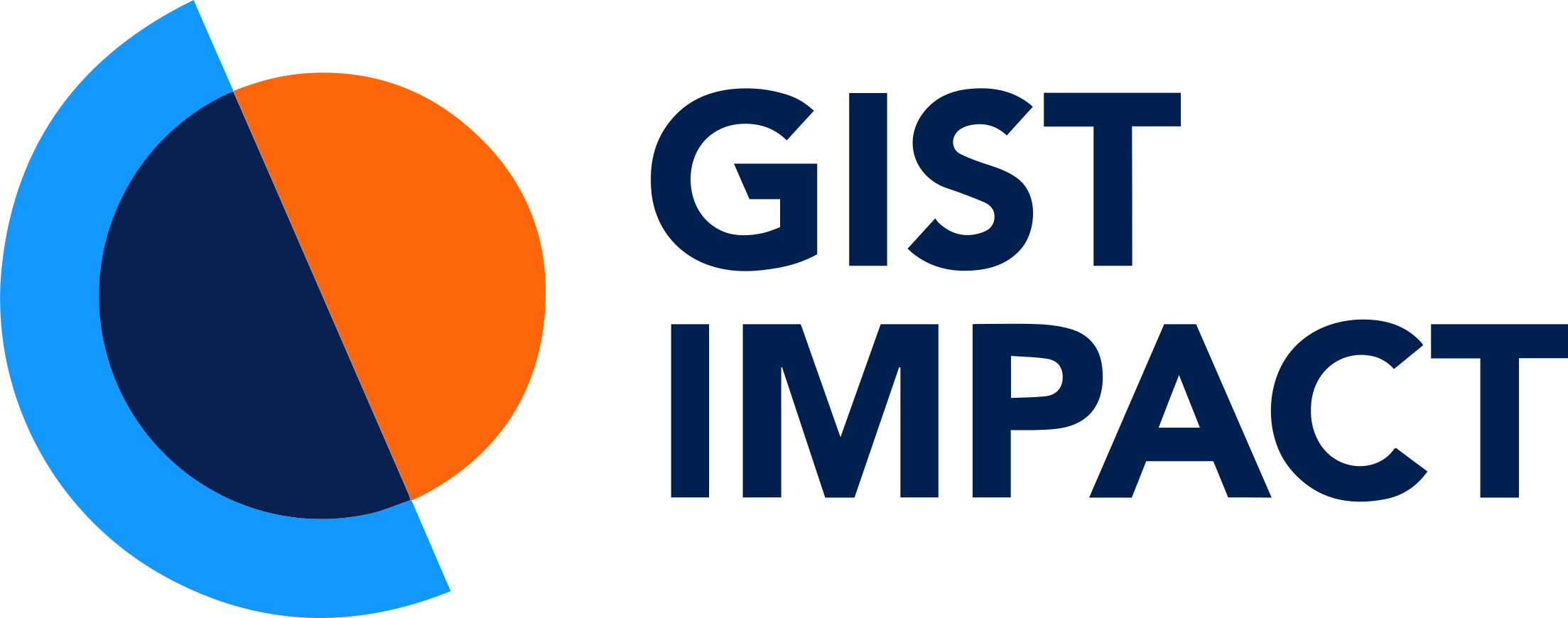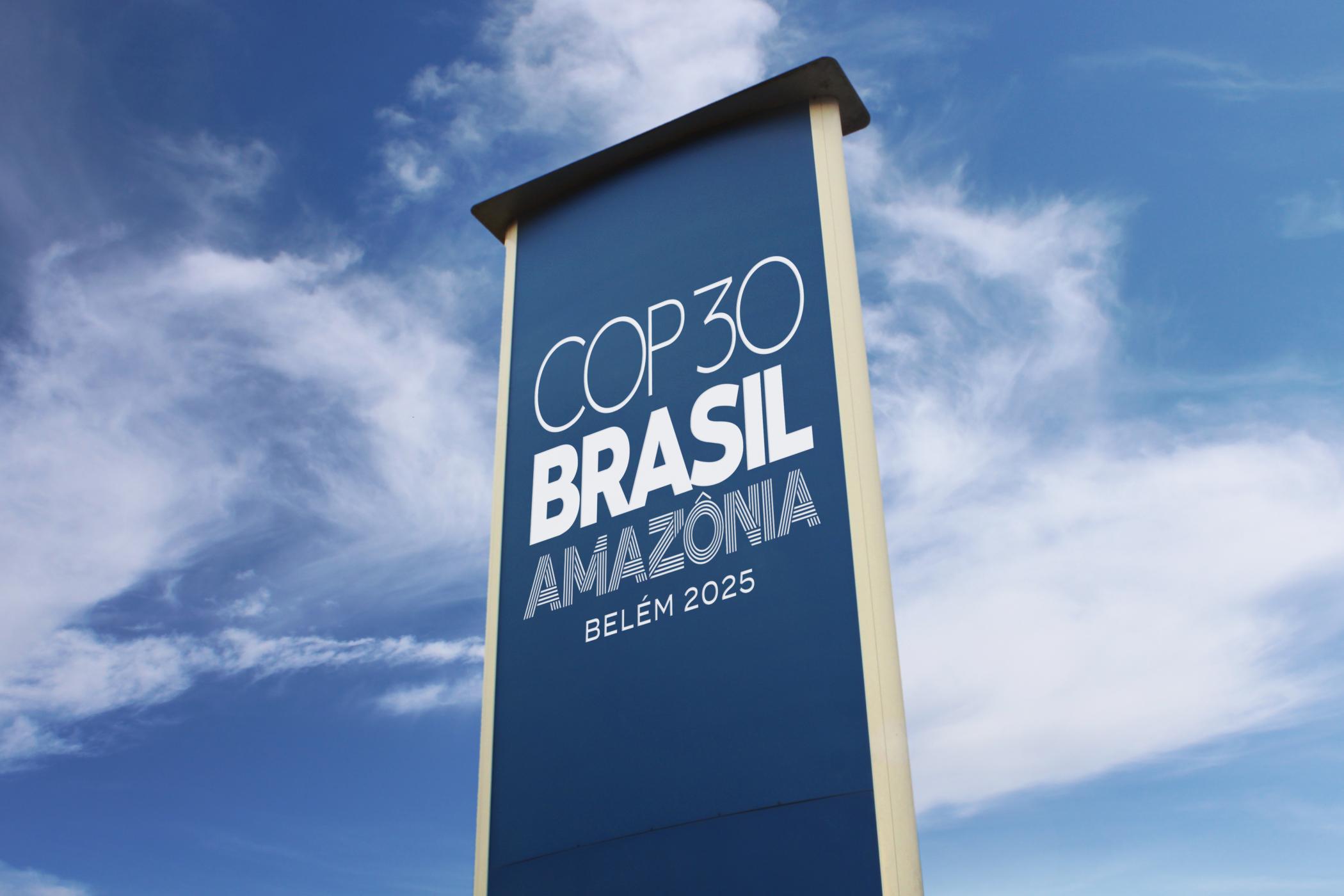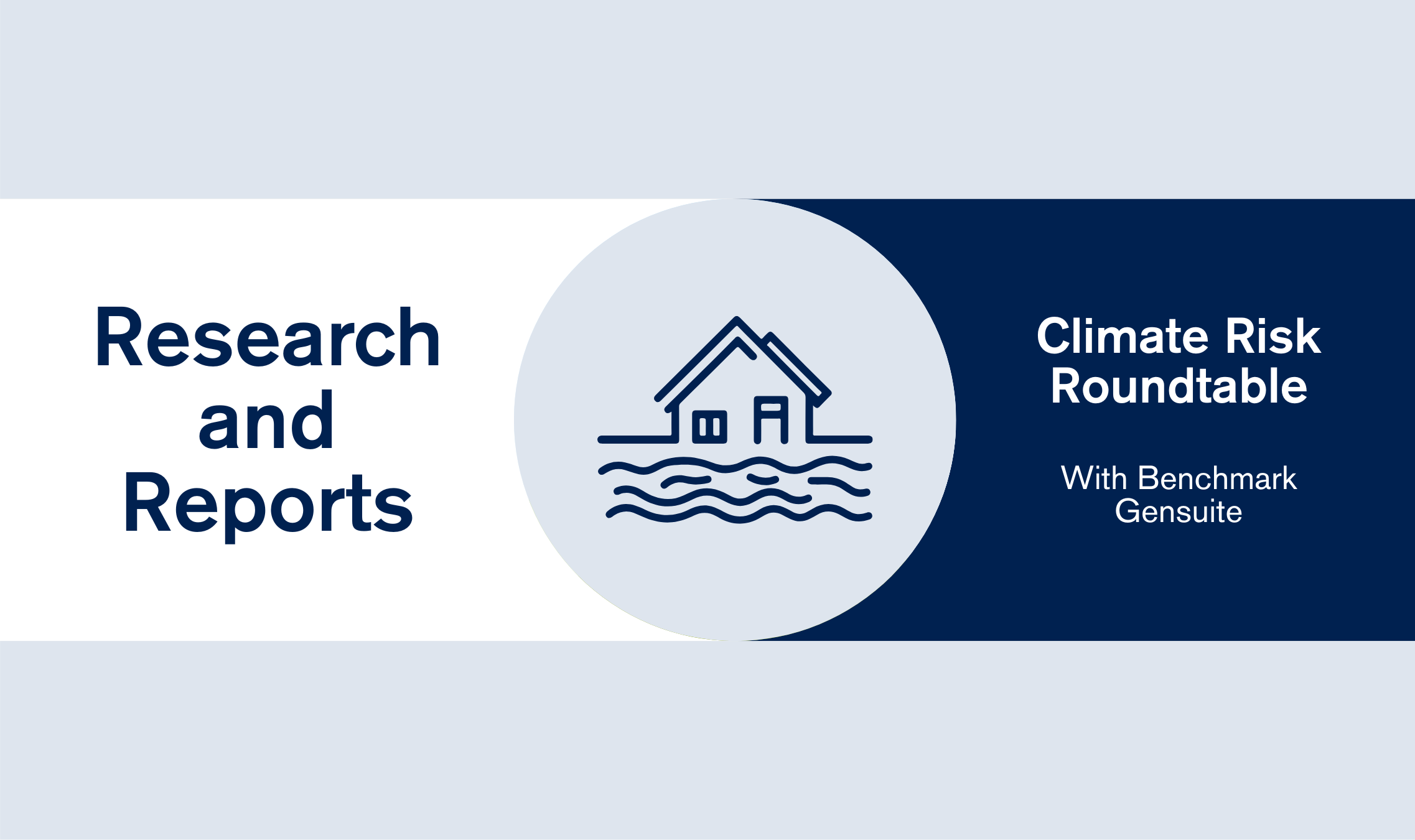Published by By Pavan Sukhdev Chief Executive Officer, GIST Impact; Goodwill Ambassador, UNEP; President, WWF International and Dr. Katell Le Goulven Executive Director, Hoffmann Global Institute for Business and Society, INSEAD
This has been an interesting week for mainstreaming sustainability into the world of business and finance. A G7 meeting of finance ministers formally endorsed the newly formed Task Force on Nature-related Financial Disclosure (TNFD) and we heard that the US based Sustainability Accounting Standard Board (SASB) merged with the UK based International Integrated Reporting Council (IIRC) to form the new Value Reporting Foundation. The growing alphabet soup of sustainability networks and frameworks just grew even bigger!
As sustainability becomes the subject of the day for businesses worldwide, C-Suite executives are increasingly focused on trying to understand which reporting standards, frameworks and networks they should be aligning to and why.
Beyond profits for shareholders, businesses cause several large impacts, both positive and negative, which do not get the attention and management that they deserve based on their materiality. For example, significant environmental impacts of business measured in trillions of dollars are borne by society at large: the so-called “negative externalities” of the private sector. As we enter an age where human activity has a dominant impact on climate and the environment, business leaders see that they need to find a way to measure, account for and manage down these externalities. According to a study by Trucost,[1] the hundred largest environmental impacts by sector and region resulted in costs totaling USD 4.7 trillion every year. The majority of these costs were due to GHG emissions (36%), water consumption (26%) and land use (25%). If left unattended to, these externalities could adversely change the future of many businesses, whether through design, decree or, more likely, disaster – as can been seen from the COVID 19 pandemic (read more). Today’s externalities become tomorrow’s risks and the day after tomorrow’s losses, and choosing to ignore these risks today does not make sense either for businesses or for their investors.

As a result, there is a dire need to shift our focus from just “profit accounting” to “impact accounting”. However, most traditional approaches to understanding and analyzing impacts through ‘ESG ratings’ face several challenges[2] (see diagram, above). Most ESG ratings in the market today are subjective and do not provide quantitative results that can be compared or benchmarked.
In response to growing recognition of these challenges, there has been a steady rise in sustainability standards and frameworks over the past 25 years. However, while aligning a business to a highly respected framework or standard is a helpful tool in understanding sectoral sustainability challenges and opportunities, the proliferation of these frameworks (see diagram, below) and their lack of consistency or standardization can be confusing to navigate.

To help organizations select and then navigate complex emerging frameworks, new networks are emerging to connect organizations and their peers on similar journeys towards sustainability.
The finance sector today is a hive of intense ‘sustainability’ exploration. Most participants follow the Principles for Responsible Banking (PRB), Principles for Responsible Investing (PRI) and Principles for Sustainable Insurance (PSI), but there is a growing need to go beyond this and to start reporting in alignment with new regulations. The Task Force on Climate-related Financial Disclosures (TCFD) has helped to include climate change risks and opportunities into their decision-making. The recently convened Task Force on Nature-related Financial Disclosure (TNFD) seeks to do likewise for nature. It is equally important to be aware of the networks and frameworks that impacts specific geographies or regulations within that region, for instance, EU Taxonomy which comes into effect in phases during 2020 and 2021. Another recent EU development, the Sustainable Finance Disclosure Regulation (SFDR), aims to bring transparency and a standardized approach for financial markets and products through disclosures. The probable launch of the Sustainability Standards Board under IFRS at UN’s COP26 Climate Summit in November 2021 might become a stepping stone towards moving towards standardization and clarity on mandates and disclosures. It will progress the concept of accountability beyond shareholders and maintain consistency in the approach to include other capitals for various networks. Businesses may therefore continue to align themselves to the World Economic Forum guidelines or Value Balancing Alliance (VBA), that works on a capital-based framework and the concept of “double materiality”.
“Double materiality” is an extension of the key accounting concept of materiality of financial information. Information on a company is material and should therefore be disclosed if “a reasonable person would consider it [the information] important”. In the face of increasing business externalities, double materiality aims to extend this, by focusing a business on its impact on all stakeholders, and not just shareholders.

There are some networks that have formed primarily to create and promote sustainability frameworks. The International Integrated Reporting Council (IIRC), a global coalition of regulators, investors and organizations that promotes communication on value creation across all capitals in an integrated manner in one report, launched their <IR> framework in 2014. And the Natural Capital Coalition, launched in 2012, grew into a large network of organizations that in 2016 published the “Natural Capital Protocol”, a guidance document for businesses to identify, measure and value direct/indirect impacts and dependencies on natural capital.
Sounds complicated? It is, but there’s no need to panic.
A good way to navigate these options is to join the most relevant networks for your business and invest in implementing the one or two frameworks that are most helpful for your business and are promoted by your preferred network. You can start the journey by speaking to peers from your sector, region or audience demographic. Additionally, you can hire or task someone within the organization to start complying with the available frameworks and improve incrementally rather than wait for the perfect unified framework. It has taken several decades to fully develop the current profit accounting principles and standards and as the world is on a similar journey for the impact accounting framework, you can be amongst the first to move from profit accounting to impact accounting and ensure that your business is truly future-ready.
[1] Natural Capital At Risk: The Top 100 Externalities Of Business, TEEB For Business Coalition, Trucost, April 2013
[2] Source: ESG Ratings & Rankings- Dr. Jim Hawley, TruValue Labs





